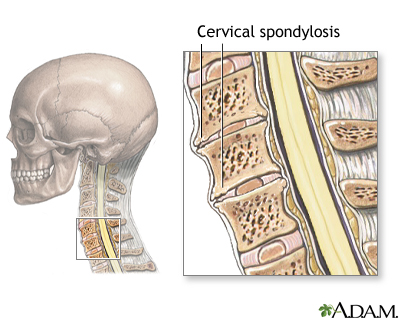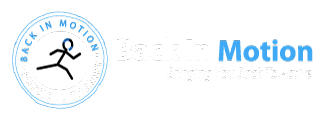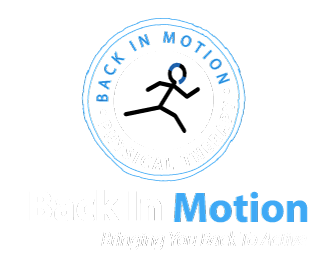What is spondylosis? If I have spodylosis, what does that mean for my everyday life? Is it painful? Lots of questions, lots of uncertainty. We’ve gathered the information you need to know on Spondylosis. Here’s the breakdown.
Spondylosis, Defined
Spondylosis refers to the general degeneration or wearing/breaking down of the spine. Often times, it goes hand in hand with osteoarthritis of the spine, the wearing down of the vertebrae that causes a bone-on-bone type of grinding with movement.
Spondylosis is a general description, rather than an actual diagnosis. It can include several different conditions that cause a wearing down of the spine. Patients with degenerative disc disease, spinal stenosis, or any other condition that causes the break down of the spine, are all said to have spondylosis due to the wear and tear affecting the spine.

Spondylosis is often confused with other conditions such as spondylitis, spondylilothesis, or spinal stenosis. To learn more about spondylosis and to view a video explanation of the general condition, click here.
Often times, spondylosis can lead to bony overgrowths, bone spurs, and degenerated vertebral disks. Most of the time, spondylosis does not cause many symptoms. In fact, 27-37% of people showing no symptoms have shown evidence of having the condition. An MRI or X-ray is the best means of identifying this condition. If pain does occur, it may be due to the spondylosis bone spurs causing nerve compression within the spine.

Tips to Prevent Spondylosis
Here are some suggestions to help bolster the body against degeneration of bone and vertebral disks of the spine.
- Check your Posture. Developing good posture will strengthen the muscles supporting the spine and allow for better alignment in sitting, standing, and movement. This will help take some of the pressure off the spine in proper body mechanics.
- Start a Fitness Regimen. Building strength through the back, core, and upper body will help in relieving the compression and grinding of vertebrae. It’s also important to work on flexibility. As always, talk to your doctor before beginning an exercise routine.
- Learn How to Lift Properly. Correct body mechanics in every activity are important to keep good alignment and protect the joints and muscles from injury. Poor form in lifting can put additional stress on the back.
- Eat a Nutritious Diet. Fortify your body by providing it with healthy, whole foods rich in vitamins and minerals. Calcium, vitamin D, and magnesium are important for strong bones and healthy muscles. Easy ways to get these are dark leafy vegetables like kale, going out in the sun for 15-20 minutes a day, or taking supplements.
- Get Enough Sleep. Sleep is key to proper health and healing. When we sleep at night our body is able to repair and rebuild; aim for 8 hours of sleep at night.
- Drink more water. Water is key to keeping the bones and tissues of the body hydrated and healthy. Try to drink at least 8 glasses of water a day, or half your body weight in fluid ounces. (If you weigh 150lbs, shoot for at least 75oz of water a day.)
- Avoid harmful substances. Smoking, alcohol, and junk food only add to the aging and deterioration of the body. Staying away from these things will help prevent early aging.
What’s Next?
If you have spondylosis and it isn’t affecting your ability to perform everyday tasks, you may not need treatment and can follow the tips above to manage your progress. If however, the degeneration within the spine is leading to difficulty walking, driving, bending, and lifting properly, then it is important that you seek help soon. As stated before, this condition is often due to another underlying issue within the spine. We can help you in strengthening the surrounding musculature and improve body mechanics so there isn’t so much excess pressure on the joints of the spine. If you are experiencing pain due to other spine conditions, we treat a wide range of aliments, and have years of experience. Getting you back to normal functioning and better alignment is what we do best.
Call us now for an appointment!
-Written by Becca Chamberlain, LMT, RYT


0 comments